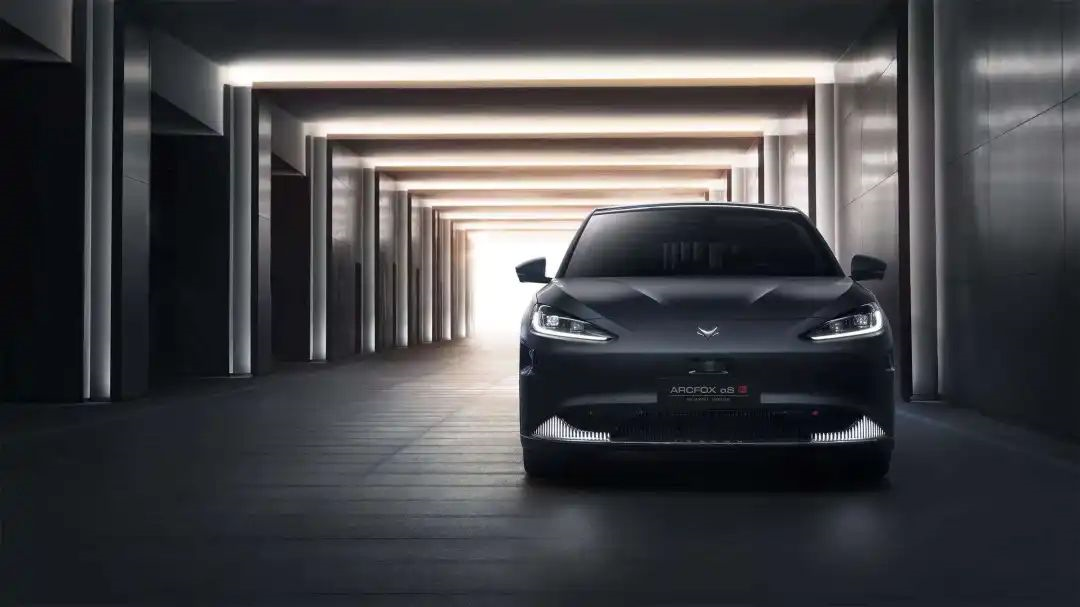Author | Nie Yi Yao
If a personnel change can save sales, it is hoped that this time Jixu can succeed.
Recently, the resignation of Wang Qiufeng, former deputy general manager of BAIC New Energy and Jixu Automobile CEO, has made both herself and Jixu a focus in the industry.
As the end of 2022 approaches, Jixu’s personnel changes inevitably lead people to think of their sales.
Jixu is a high-end brand owned by BAIC New Energy and hopes to wash away the impression of low-end electric vehicles and return to the forefront of the new energy vehicle market.
Therefore, from launching the Jixu brand at the Geneva International Motor Show, introducing Magna production lines, Harman intelligent cabins, Huawei HI full-stack intelligent vehicle solutions, to sponsoring concerts of Cui Jian and Luo Dayou and sponsoring Beijing Guoan’s marketing, BAIC Group has spared no effort in nurturing and packaging this little fox at great cost.
Unfortunately, things don’t always go as planned. Jixu’s sales have always been below expectations. In 2021, Jixu’s target sales were 12,000 vehicles, but the actual sales were only 4,993 vehicles. In 2022, Jixu’s target sales are 40,000 vehicles, but the cumulative sales from January to October this year were only 11,669 vehicles.
Someone has to take responsibility for the result. Now that Wang Qiufeng has resigned, Jixu will welcome its new leader. However, changing personnel is easy, but improving sales is not necessarily as simple. Jixu’s problems are the result of a series of decision-making mistakes, and it won’t improve without a thorough change in thinking and transformation.
Before Jixu, There Were Already Hidden Dangers
Before Jixu was born, BAIC New Energy had already made a name for itself.
Relying on the country’s will and policies to transform into new energy vehicles, BAIC Group was the first “national team” vehicle manufacturer to start producing new energy vehicles, enjoying a lot of era dividends, and was the sales champion of domestic new energy vehicles for seven consecutive years, having experienced good times.
In January 2009, the “Ten Cities and Thousand Vehicles Energy-Saving and New Energy Vehicle Demonstration Promotion and Application Project” was officially launched, and in November of the same year, BAIC New Energy was born.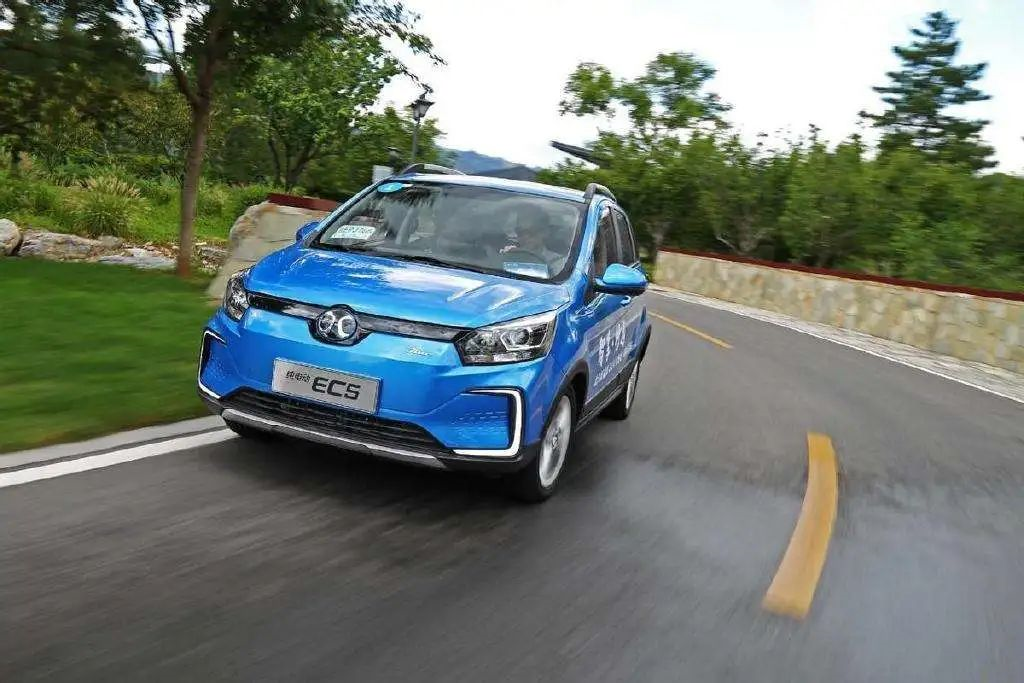
From the beginning, the main market of BAIC New Energy was not individual consumers. Former General Manager of BAIC New Energy, Fang Qing, once stated that “BAIC New Energy vehicles are mainly for corporate use.”
In 2013, BAIC New Energy officially launched its first pure electric vehicle and signed supply contracts with several taxi companies in Beijing. With the corporate market, BAIC New Energy quickly opened up its sales, and from 2013 to 2019, new energy vehicles were the best-selling cars in China for seven consecutive years. According to statistics, BAIC New Energy’s public sales accounted for 70% in 2019, for use in taxis, online car-hailing platforms, and the like.
A long period of smooth sailing and success can easily give people the mistaken impression that they are using the opportunity of the times as their own strengths and capital, thus looking too far up and not seeing the changes the times are quietly bringing about or keeping pace with the times. When the tide of the times turned, they were left behind in history.
The glorious history of BAIC New Energy was thus fixed at the year 2019.
In 2020, as the national subsidy for new energy vehicles was declining, new car-making forces and traditional automakers that started their electric transformation together pushed for the great marketization of new energy vehicles. BAIC New Energy’s sales dropped sharply to 25,900 vehicles, causing it to lose its momentum all at once.
Not only did its own sales plummet vertically, but its long-standing image as a taxi and ride-hailing vehicle for individual consumers was also quite fixed. This invisibly buried a hazard to the brand image of JIHUCHE.
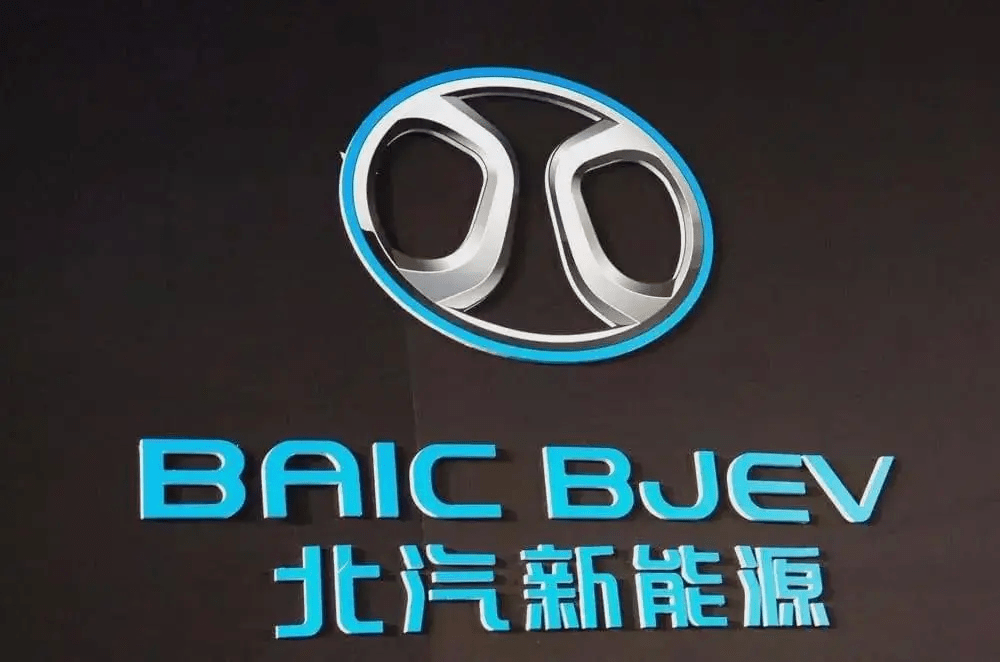
I once asked some friends with new energy license plates if they would choose BAIC New Energy. The answer was almost uniformly “no.” Then I asked if they would consider JIHUCHE. Most of them said they had never heard of it and when they heard that JIHUCHE was BAIC New Energy’s high-end brand, the answer was almost unanimously “not considering.”
When I asked again why, everyone’s explanation was: “If BAIC New Energy is so bad and only good for taxis, can it still make high-end brands?”Reality is so cruel.
The “borrowed” approach cannot create brand power.
“In 2017, Beiqi New Energy determined that intelligent vehicles based on electric vehicles are the future, so the Blue Valley Magna factory was built in 2018, and the cooperation with Huawei and the launch of the ARCFOXx brand were not realized until the end of 2018. It precisely and accurately shapes a new product based on its own ambition or dream of making cars.”
On July 16th, 2022, the new HI version of the Alpha S by ARCFOXx started delivering to users. Liu Yu, chairman of Beiqi New Energy, made the above statement.
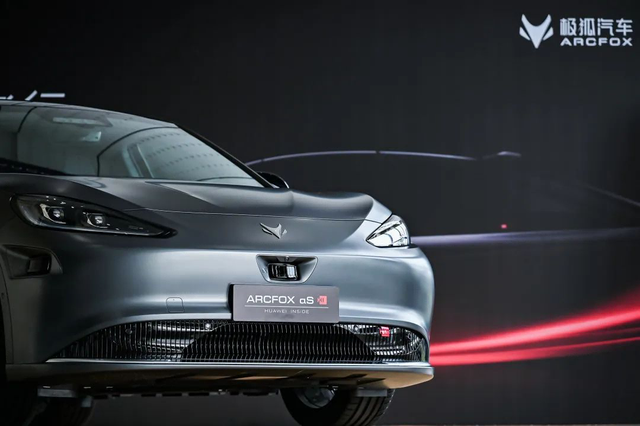
Liu Yu also said: “As pioneers, we have paid a certain price, but our transformation speed is faster than other companies. Whether you are a national team or a new force in car-making, you did not find the uncut jade of Huawei at the beginning, nor did you notice Huawei’s chip capabilities. In cooperation with Magna, we are attracted by its more than 100 years of experience and history in high-end car manufacturing, and Magna is attracted by our ambition in the new energy track and intelligentization.”
It can be seen that the internal of Beiqi Group is full of confidence and pride in partnering with Magna and Huawei. However, has traffic obtained from both “Magna on the left hand, and Huawei on the right” been converted into ARCFOXx’s sales? Apparently not.
The outside world has long questioned the disadvantages of such a “borrowed” approach to the ARCFOXx brand. When asked how to respond to the outside world’s saying that Beiqi is becoming more and more like an OEM by reporters, Liu Yu’s answer was “Anything works as long as it is done well.”
However, with so many good things available, the current Chinese new energy vehicle market has become a front-line battlefield for global electrification and intelligentization of automobiles. In this land, there are too many brands and models with excellent product power, strong brand power, and good sales, as well as constantly joining brands.
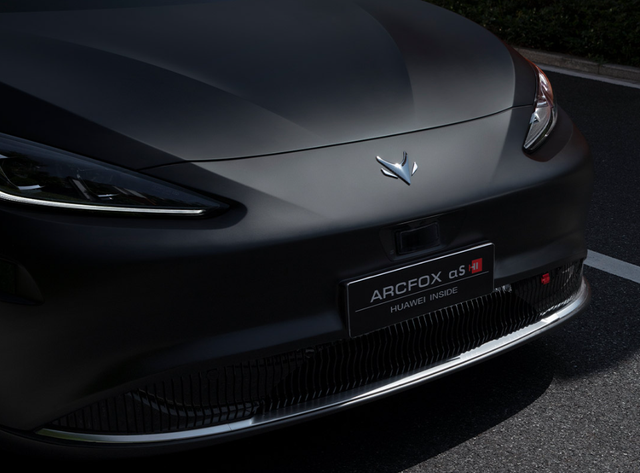
ARCFOXx’s approach to competition has made the same ideological mistake as Beiqi New Energy, being overly presumptuous.The current plight of BAIC New Energy is that it has not realized the cruelty of market competition, failed to timely improve its product technology, and mismanaged its brand reputation, which has led to a series of problems.
GeometryAuto is also trapped in this situation, underestimating the difficulty of building a high-end brand, especially for a company with a low-end impression among customers. Launching a high-end brand is even more challenging than starting from scratch like a brand-new competitor.
Thinking that building a high-end brand means raising the supplier’s specifications and increasing the price, the market and consumers do not agree. This point is also reflected in Dongfeng’s incubated high-end brand Voyah.
According to Baidu Baike’s definition of the brand, it is the consumer’s degree of recognition of a certain type of product and its series. The essence of a brand is the product, service, or other advantage of the brand owner that is superior to the competitor, and bring equal or greater value to the target audience than the competitor.
GeometryAuto needs to seriously study how to build a brand, especially a high-end brand, instead of being just an “OEM factory”.
Emotional marketing doesn’t necessarily drive sales of smart cars
The outsiders’ impression of GeometryAuto is deeply rooted: it loves marketing, and grand marketing campaigns, especially the emotional marketing campaigns. This point is also similar to Voyah and GeometryAuto, what a coincidence.
On April 15, GeometryAuto exclusively sponsored an online concert by Cui Jian. This is a car cross-border marketing case that can be regarded as a blockbuster. According to the statistical data given by WeChat Ads Assistant, the WeChat index of GeometryAuto’s sponsored event rose 54 times the value before the event, and GeometryAuto has sent customized gifts for 1.04 million times.
However, after the three-hour excitement brought by Cui Jian, people seemed to have dispersed. After the concert, GeometryAuto’s offline stores in Beijing did not receive much traffic, and the sales volume of GeometryAuto in April was only 601 units.
After Cui Jian, GeometryAuto again exclusively sponsored Luo Dayou’s online concert on May 27th. GeometryAuto’s WeChat index reached 4.72 million that day, with a daily growth rate of 89.39% during the day’s excitement.
However, the sales volume in June was only 2017 units, and then dropped to 1053 units in July.
GeometryAuto’s high-profile sponsorship of Beijing Guoan also did not translate into sales. Voyah also faced the same problem. After a grand sponsorship of Hunan Satellite TV and TVB’s “The Sound of Life” program, it did not perform well in terms of sales.On October 30th, Beijing New Energy’s parent company, Beijing Blue Valley, released its Q3 2022 financial report, revealing that its sales expenses reached 1.466 billion yuan in the first three quarters of 2022. While it is unknown how much was spent on Jidu Auto, considering Jidu’s marketing expenses amounted to 400 million yuan in 2021, it is likely not a negligible amount.
Marketing is a necessary part of brand promotion. Enterprises cannot expect marketing activities to directly increase sales, but successful marketing can at least raise brand awareness among the target audience.
After the concerts of Cui Jian and Luo Dayou, I asked some non-automotive industry classmates who attended if they noticed the sponsor Jidu Auto. Most of them said they didn’t, and those who did noticed also asked, “What is Jidu?”.
The concerts of the above two singers mainly attracted the 60s to 80s generations to enjoy themselves in their circle of friends. For the younger generations born after the 80s, who have a generation gap with these old artists who are similar in age to their parents and grandparents, the concerts did not resonate much. It’s not the same era, so it’s difficult to achieve resonance.
Feelings are too old-fashioned, and can only bring feelings, but not the new energy intelligent electric vehicles as a new thing. New things are often easier for younger consumer groups to recognize and accept, which is why automotive brands are currently competing for young users.
Jidu’s attempt to use nostalgic marketing may have gone too far.
How about the Product Strength of Jidu Auto
What about the product strength of Jidu Auto? According to feedback from Jidu Auto owners, it is still a good “little fox.”
This year, Jidu Auto launched the Alpha S new HI edition, equipped with Huawei’s full-stack intelligent automobile solution (yes, Huawei must be mentioned again), and the intelligent driving capability is its selling point.
“It will become smarter and understand you better over time. More advanced functions will be unlocked through OTA in the future,” Huawei’s Yu Chengdong described the Jidu Alpha S new HI edition.
However, until the country’s policies and regulations allow for autonomous driving technology above L2 to be driven on the road, all private cars currently only support intelligent driving assistance up to L2, including Jidu Auto’s Alpha S new HI edition.The JuHu Alpha S might seem like a car ahead of its time, but those who are already imagining the future of intelligent cars and automated driving can have it now. And there’s no need to worry about its quality, as it was born on the same production line as luxury cars like BMW and Jaguar (we have to mention Magna here), with a 3.5 second acceleration per 100 km and a 2.2 C super-fast charge that can fill up 200 km in ten minutes.
The Alpha S and Alpha T, priced between RMB 200,000 and RMB 300,000, have impressive infotainment systems, even though they do not come with a tablet-style center console that Tesla makes so popular. Just a simple “Hello, little fox” will awaken the infotainment system and enable users to control a variety of functions. It’s worth mentioning that the voice recognition system is very user-friendly and will respond differently to commands depending on the position of the seat in which the request is made. For example, if the passenger in the front seat says, “Open the window,” the system will automatically detect that the right front window should be opened; and for some commands that may compromise safety, the system will avoid executing them automatically.
In addition, the intelligent cabin system integrates multiple modalities in one, with voice and screen touch interaction as the main methods and facial recognition, hovering gestures, and physical buttons as secondary methods, enabling multidimensional intelligent control.
In terms of intelligent driving assistance, the JuHu Alpha S is also equipped with an L2 driving assistance system, which can automatically maintain safe distances between vehicles, stay in the lane, safely switch lanes, and provide front and rear crossing warning functions, as well as over-the-air upgrades.
Therefore, looking at this little fox JuHu alone, it’s still impressive. However, compared with its peers, JuHu lacks competitiveness in brand power and pricing ability. Given the current momentum of the rapid development of new energy vehicles, JuHu does not have much time left to wait and observe. JuHu needs to make a series of rapid and correct decisions to rescue itself from the current situation.
This article is a translation by ChatGPT of a Chinese report from 42HOW. If you have any questions about it, please email bd@42how.com.
